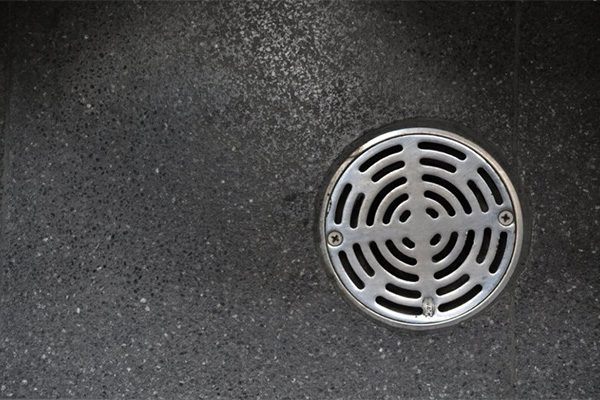“Floor drains are most often installed during original construction, often in the utility area, to drain away excess water in the basement. The concrete floor around the drain gently slopes towards it, encouraging water to collect there and drain out. Most homes built today are required by local code to have floor drains that lead to a collection pit where a sump pump carries the water to the surface. (Previously, homes may have floor drains that are connected to the main sewer system, but that’s rarely allowed anymore because the sewer can back up in the floor drain and with an even more unpleasant flooding problem.)
Pro: Considered standard in new construction, so you won’t pay extra to have one installed if you’re building a house.
Con: Installing a floor drain will not prevent water from leaking through basement walls.”
Read the full article here.
Basement floor drains are not only great for preventing flooding from heavy rain, but also if a pipe burst or a water heater leaks. Unfortunately for homes that do not have this feature they can be quite costly and difficult to install. If that is the case you may wish to look at getting exterior drain tile installed.
The team at DC Annis Sewer have the necessary tools to clear clogs from your basement floor drain. If this drain is backed up call us at 612-861-6425 or visit our floor drains page for more information.



